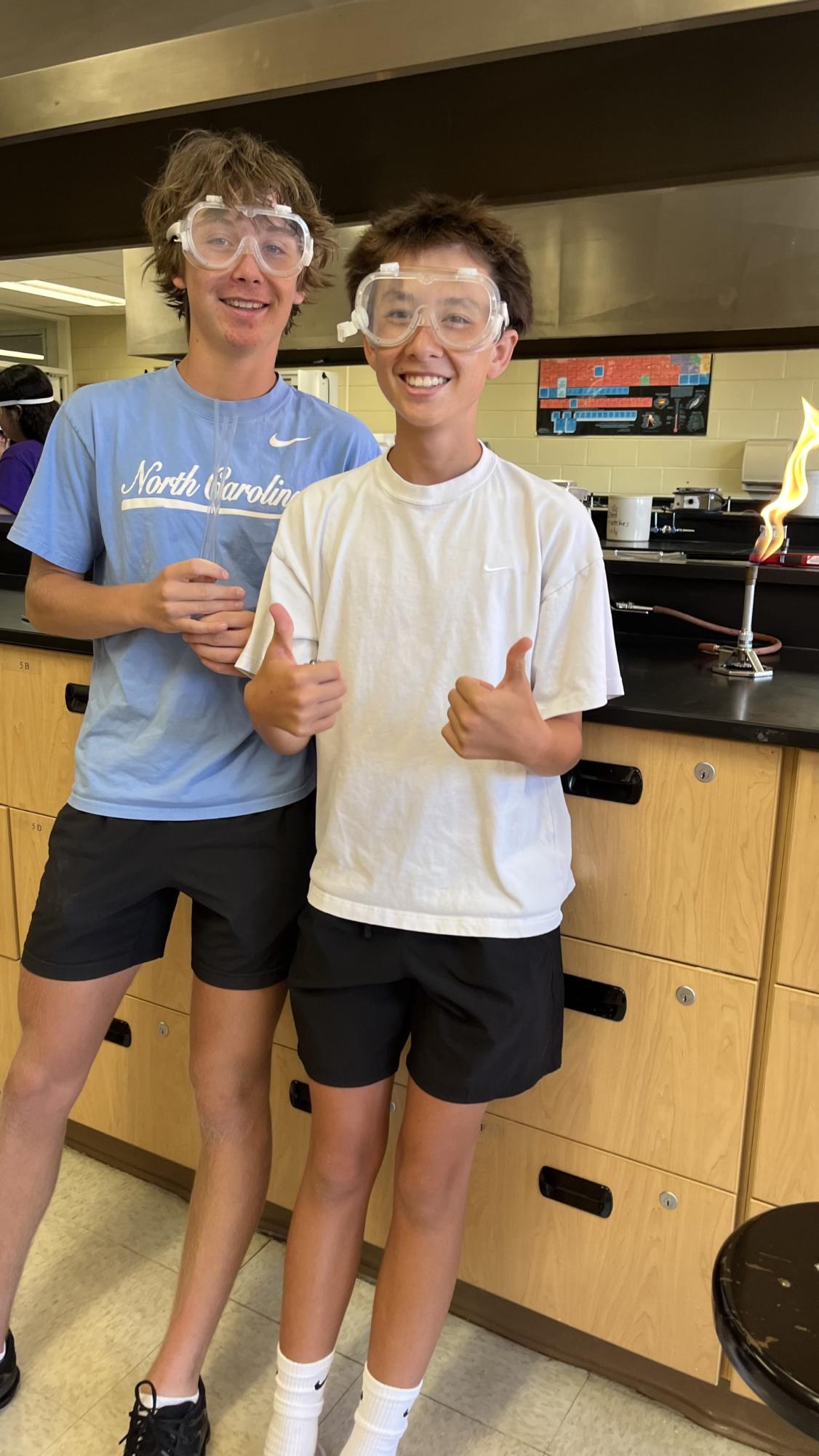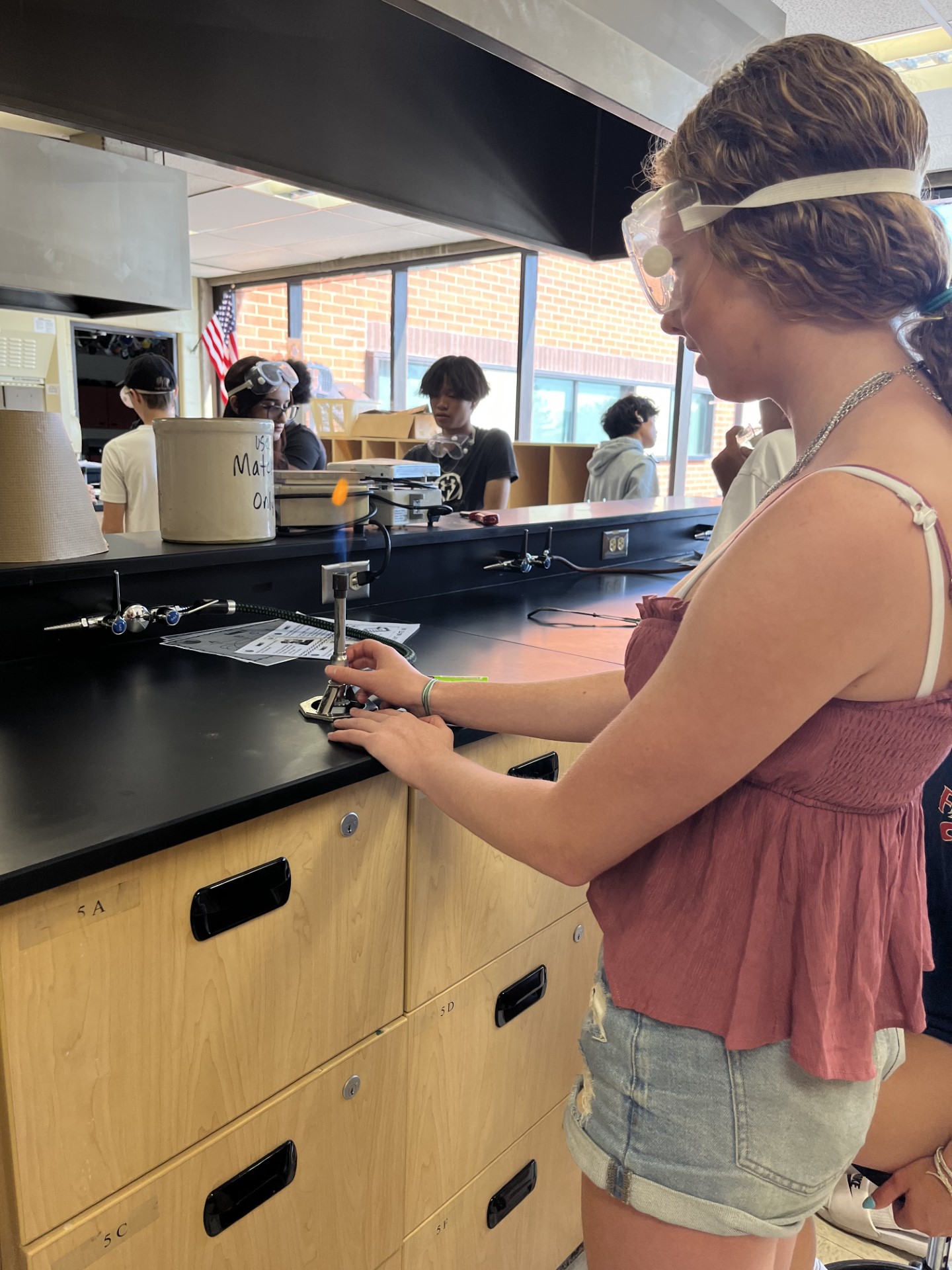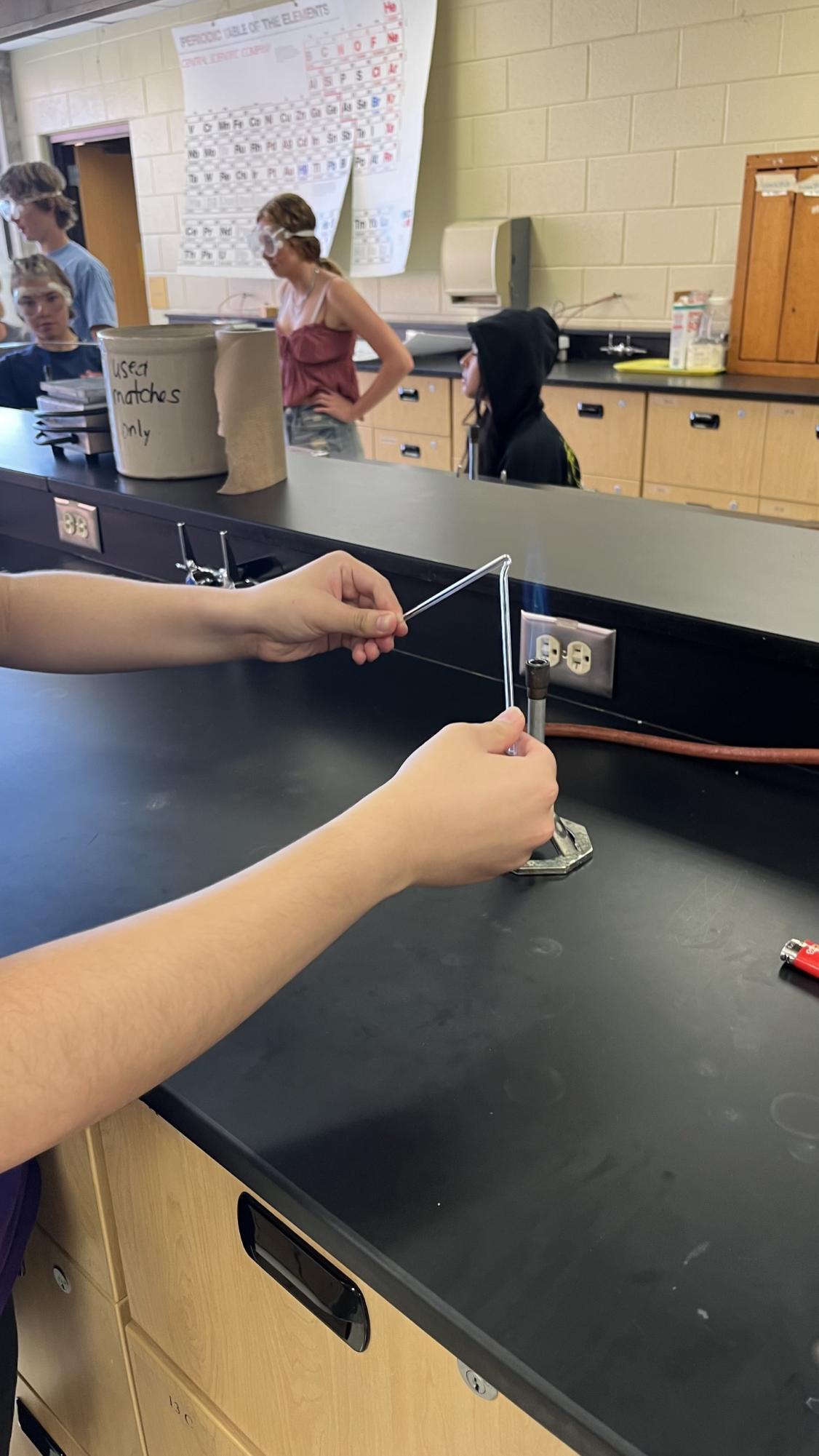When we think about fire, it’s easy to just see the bright glow and feel the warmth, but there’s a whole world of amazing changes happening right there, really. This intense burning of things, what we call combustion, is a quick process where a substance combines with oxygen, letting go of warmth, light, and different things that come out of it, you know, like smoke and ash. It's a fundamental part of our natural surroundings and something we interact with often, whether it's a cozy campfire or something much bigger, so understanding what makes it tick is quite interesting, actually.
Learning about the chemical reactions that happen when something burns helps us appreciate its strength and its usefulness, too. For instance, just like the intense situations that unfolded on Memorial Day, with those big blazes at a living space complex in Calumet City and a major vacation spot near Starved Rock State Park, fire shows its incredible strength. These events remind us how important it is to grasp the principles behind fire's actions, which is where looking into fire chemistry experiments comes in, helping us to see the science up close.
By exploring the basic elements of fire through simple, safe observations, we can begin to see how energy is released and what gets created in the process, that is that. This kind of inquiry lets us peek behind the curtain of something we often take for granted, turning a common occurrence into a chance to learn something new about the physical world around us, and how it all works, more or less.
Table of Contents:
- What Exactly Happens When Something Burns?
- The Quick Dance of Oxygen and Fuel in Fire Chemistry Experiments
- Why Do We Need to Understand Fire's Behavior?
- Observing Fire Chemistry Experiments in the Wild
- How Can We Prepare for Fire's Big Moments?
- Using Knowledge from Fire Chemistry Experiments for Public Safety
- What Are the Two Sides of Fire?
- The Helpful and Harmful Aspects Revealed Through Fire Chemistry Experiments
What Exactly Happens When Something Burns?
When you see a flame, it's the visible part of a very quick process where a material, like wood or gas, reacts with oxygen, you know. This speedy interaction gives off warmth, bright light, and other items that result from the burning, such as smoke or ash. It's a chemical activity that produces its own heat, meaning it keeps itself going once it gets started, pretty much. This release of energy is what makes fire so strong and, in some respects, so useful, too. It’s like a tiny, self-sustaining furnace, actually, creating its own conditions for continuation, and that's a key part of fire chemistry experiments.
The main ingredient for fire, apart from something to burn, is oxygen, and a bit of warmth to get things going, of course. Without enough air, even
Related Resources:



Detail Author:
- Name : Nigel Mitchell
- Username : jamar02
- Email : jacques10@lesch.biz
- Birthdate : 2004-05-02
- Address : 91054 Breitenberg Mountain Suite 975 Port Alanis, IL 55117
- Phone : +1.504.770.4967
- Company : Johnson Ltd
- Job : Plating Operator
- Bio : Eos dolores velit rerum libero eos quisquam. Blanditiis fuga et amet. Ipsum recusandae officiis natus velit est reprehenderit et. Eveniet voluptatibus ex aut illum.
Socials
tiktok:
- url : https://tiktok.com/@emilia_wiegand
- username : emilia_wiegand
- bio : Assumenda dolores at impedit eius sint neque accusantium expedita.
- followers : 4491
- following : 816
twitter:
- url : https://twitter.com/emilia_wiegand
- username : emilia_wiegand
- bio : Et eos cumque non est et est saepe. Ad at nesciunt accusantium voluptas autem facilis asperiores. Soluta at quo consequatur perspiciatis eligendi iure ipsum.
- followers : 6885
- following : 910
instagram:
- url : https://instagram.com/wiegande
- username : wiegande
- bio : Nihil et ipsam sed vitae nihil aperiam. Sit dolorum rem totam id nam.
- followers : 6515
- following : 2732